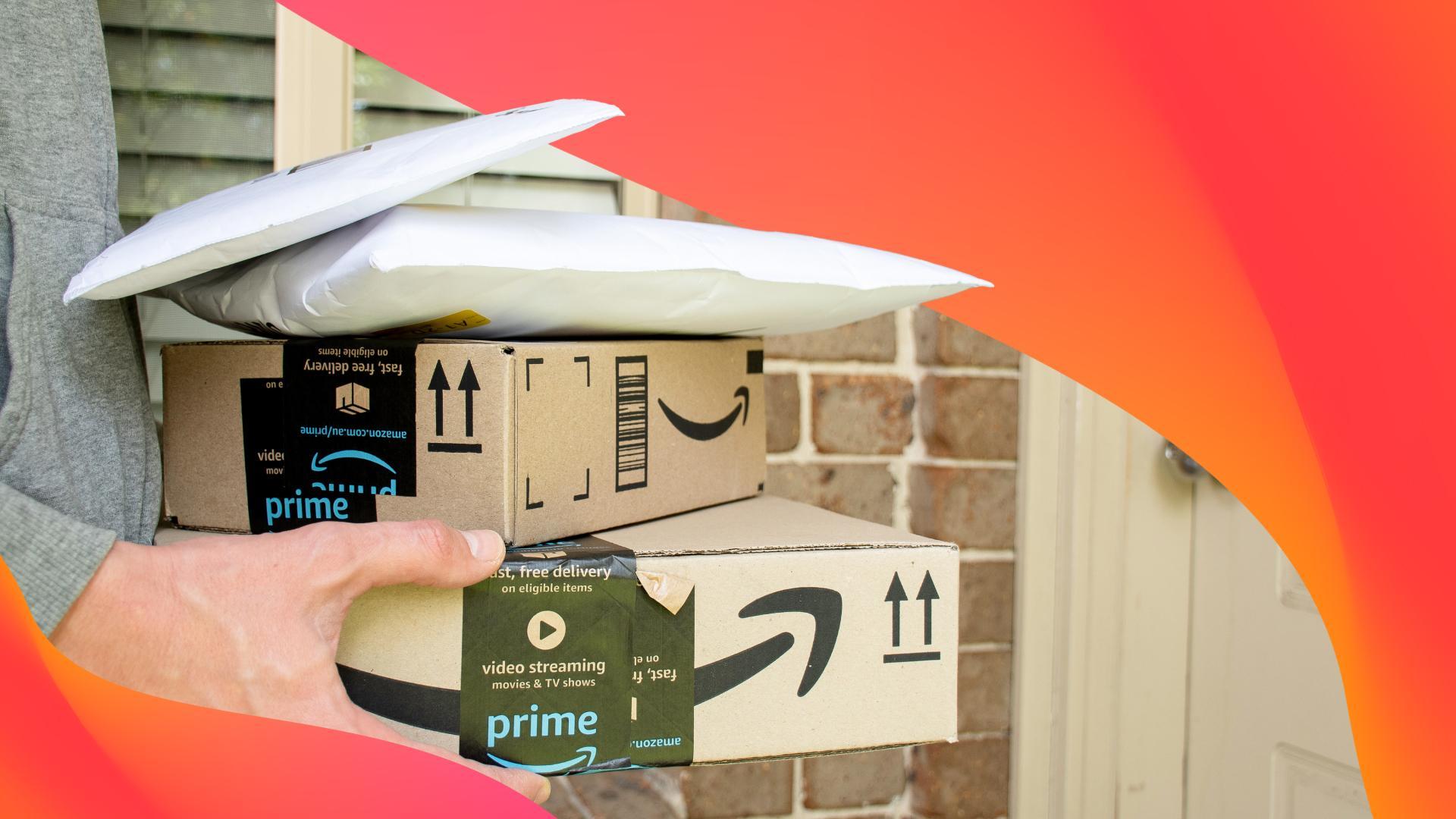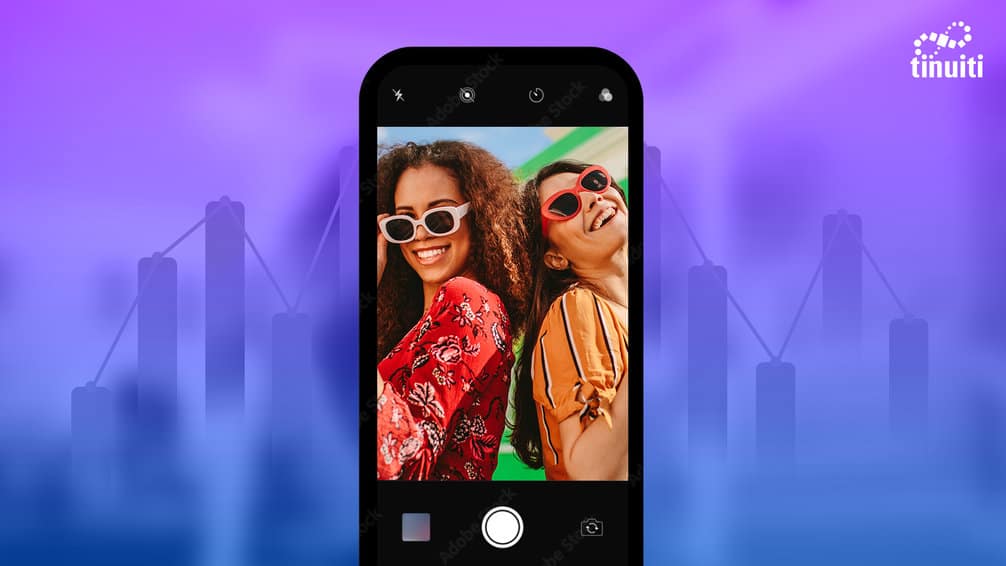MARKETING
The Amazon Seller’s Ultimate Guide

Last year, Prime Day was a huge success with 300 million+ items purchased and over $1.7B saved thanks to stellar Prime Day deals and discounts. Prime Day 2023 has the potential to be even larger with eager shoppers looking to save big. This year is a crucial time to get in front of new customers in the competitive ecommerce market.
The big question is: Are you Prime Day ready?
From an end-to-end channel management approach, the following post will outline what you should do before Prime Day to maximize sales and make this your most successful Prime Day yet.
What is Amazon Prime Day?
Before we dive in, it’s important to understand why Prime Day is one of the biggest shopping events of the year and how it has evolved.
Amazon launched Prime Day back in 2015 to celebrate its 20th anniversary. The first Amazon Prime Day was a one-day retail holiday exclusive to Prime members. Since then, Prime Day has overtaken Black Friday and Cyber Monday as the biggest annual sales event on Amazon, with better deals on more products resulting in increased sales and Prime memberships.
According to eMarketer’s data, the self-made shopping holiday brought in nearly $11.9 billion in 2022 making it Amazon’s biggest Prime Day yet. (Check out our full 2022 Prime Day recap here)
While the ecommerce landscape looks different each and every year, we can expect Prime Day 2023 to be a massive event for Prime members and Amazon sellers alike.
How Amazon sellers should prepare for Prime Day 2023
Our top ecommerce experts are gathering at Tinuiti’s upcoming Prime Day Panel to share their best-kept secret strategies for prepping brands for guaranteed Prime Day success.
From buttoned-up operations to eye-catching creative and savvy advertising tactics, we’ve compiled the ultimate checklist to ensure you are Prime Day ready. Let’s dive into a preview of what they’ll cover during the upcoming panel.
1. Offer shoppers multiple options to save money
Prime day shoppers are on the hunt for the best deals, so it’s important to offer them multiple ways to save money on the big day. There are a variety of deals your brand can implement including coupons, lightning deals, BOGO deals, and more. Check out all of your options in Seller Central so you can further incentivize shoppers on Prime Day and make sure you have your deals in by Amazon’s deadline (April 28, 2023).
2. Start optimizing your listings early
Optimizing your listings should be one of the top priorities for your brand this Prime Day. When you optimize your listings, you have the opportunity to reach consumers more effectively as your listings will show up when and where shoppers are searching.
Check out a few of our quick tips for optimizing your listings:
- Set budgets to prioritize must-win keyword campaigns
- Finalize strategy to increase bids on high impression, short tail keywords
- Audit your listings – making sure they’re accurate and up to date
- Fix inactive or suppressed listings
- Add featured video on PDP and ensure all available text and image space is utilized
- Start A/B testing early to ensure you’re maximizing conversions later
“From an operational standpoint, detail page content for images and copy descriptions are going to differentiate your product from a large selection of heavily discounted products; brands should optimize their detail pages to ensure maximum conversion.”
– Emily Leung, Brand Services Senior Specialist at Tinuiti
3. Choose your products wisely
To maximize conversions, it’s important to pick the right products to advertise on Prime Day. We recommend highlighting the best-selling or most successful products for optimal ROI. It’s also a good idea to familiarize yourself with this year’s trending items to see how your brand can capitalize on the increased momentum.
The ideal products for Prime Day deals are ones that:
- Are in stock and easily replenishable
- Have at least 15 reviews
- Have a 3.5-star rating or higher
- Include optimized images
- Include branded and keyword-optimized content
4. Create an Amazon Store subcategory page devoted to Prime
If you have an Amazon Store, consider creating a dedicated Prime Day subcategory. Use it to feature your Prime Day deals and discounts, and treat it as your landing page for all things Prime Day. When you have Prime Day ads on Amazon, pointing users to a specific landing page makes it easier for them to convert into customers.
5. Boost awareness on social media and other sites
While there’s always a big buzz around Prime Day, it’s still a great idea to promote the day (as well as the deals you’ll be offering) to potential customers both on and off Amazon. Utilize your social media channels to share the discounts that you’ll be offering on the big day and highlight why consumers should take advantage. Try boosting your social posts with paid spend for additional exposure.
6. Check your inventory levels and historical performance
We say it every year and we will say it again: Don’t stock out!
Make sure you have enough inventory for your promoted products and best sellers. You can generally expect Black Friday and Cyber Monday numbers to fall in line with Prime Day’s, so if you have data from those sales events, use it to determine your inventory strategy for Prime Day
“Understand what your historical performance is for previous Prime Days. If you notice that you’re not the best player in a certain category [from previous experience] that’s a good indication you should look into a different category to perform. If you don’t have historical performance, then be ready to be competitive. Increase your keyword bids, increase your campaign budgets. Just make sure you are ready.”
– Ben Gemkow, Team Strategist, Marketplaces at Tinuiti
Know that there’s a balance between keeping enough inventory in stock to meet demand and overstocking.
7. Set up and test your Amazon advertising campaigns early
Brands should leverage the additional traffic coming to Amazon as well as the higher conversion rates by approaching tentpole events like Prime Day with a three-tiered approach. A well-rounded advertising strategy that targets different areas of the advertising funnel during the lead-up period, the promotional period, and the lead-out period will allow you to maximize your reach to meet return and awareness-based goals.
Using Search and Display together to form your Prime Day tactics allows you to not only capture the demand of those who are actively searching on Amazon but also to generate demand by layering in mid and upper-funnel strategies.
You can also use past Prime Day campaigns and metrics to guide you, though keep in mind that the ecommerce landscape and consumer preferences look different this year.
Every brand should prepare for Prime Day by building out and testing all campaign types and betas that Amazon has made available to advertisers. Prime Day is a high-traffic event, so it’s essential to know which campaigns we are especially interested in throttling to make the most out of the increased traffic.
“I specifically recommend building out video in Sponsored Brands. We have found that, on average, we are seeing quadruple the click-through rate (CTR) for our clients versus the original Sponsored Brands ads. It’s a great way to stand out while taking advantage of the opportunity to showcase how to use a product and send traffic back to a storefront to tie everything together.”
– Meghan Andrade, Director of Business Development, Amazon & Marketplaces at Tinuiti
“When it comes to advertising, don’t just think of Prime Day as a two-day event. Brands should be looking to build product awareness and consideration in advance using the Amazon DSP to get in front of shoppers both on and off Amazon before the event, and should also consider retargeting Prime Day shoppers even after the sale has ended.”
– Andy Taylor, Vice President of Research at Tinuiti
8. Set aside additional budget for PPC bids
Keep in mind that Prime Day is highly competitive which means ad space will cost more money on the platform. If you set your caps too low, you’ll be outbid and it’s unlikely that consumers will see your ads. If you don’t cap your spend, then you might end up running out of budget quickly.
Set aside time leading up to and during Prime Day to check on and manage your ad campaigns. Pay close attention to your bids and budget. Make sure you have the budget to capitalize on the full Prime Day opportunity, so you don’t run out in the first few hours.
9. Leverage influencers and their platforms
90% of marketers believe that influencer marketing is effective and 61% of consumers trust influencers’ recommendations. Further, statistics show influencers are clearly a valuable tool for brands, as they can influence an entirely new audience of potential customers. Social media users are more likely to buy something their favorite influencer promotes than something they see randomly online so why not use influencers to your advantage for Prime Day promotions?

Building relationships with influencers who align and resonate with your brand and creating campaigns that speak to that influencer’s followers is virtually a foolproof strategy. Work with these influencers to promote the products you’re selling leading up to Prime Day as well as the deals themselves.
Using other platforms to advertise your upcoming Prime Day deals is another strategy many companies have adopted. Instagram, Facebook, and Google Ads are all ideal choices, as these platforms are massive and full of potential customers. Amazon also offers its own resource of social influencers through the Amazon Influencer Program.
“Influencers are incredibly effective for brands because they are authentic storytellers who emotionally connect with and are trusted by their audiences. But that is just one piece of the Influencer puzzle. Tinuiti understands the magic in omnichannel integration with other digital marketing tactics and the ability to measure Influencer performance beyond vanity metricsーtruly making it a full-funnel driver. The integration across functions including Social, Affiliate, and ecommerce create a larger amplification in a highly competitive space for brands to grow their business.”
– Crystal Duncan, SVP, Head of Partnership Marketing
10. Activate Amazon Posts and feature priority ASINs
If you haven’t explored Amazon Posts, now is the time to get started. Amazon Posts allows brands to duplicate what they’re doing on social media channels like Instagram within the Amazon Marketplace. Its function is similar to that of a social media feed.
Each brand is allowed to publish a stream of curated posts where you can show your products in action. This helps your products stay top-of-mind to consumers who are shopping on Prime Day. We recommend featuring priority/top-performing ASINs to stir up additional buzz and awareness of your specific product(s).
11. Invest in Amazon Direct Fulfillment
One way to make the most of Prime Day 2023 is to invest in Amazon Direct Fulfillment. Amazon Direct Fulfillment allows vendors to use EDI (electronic data interchange) to automatically share real-time inventory information for their entire product catalog with Amazon.
If you don’t have Direct Fulfillment set up as a backup to FBA (Fulfilled by Amazon), you might miss out on sales. When Amazon warehouses are out of stock, customers cannot order your product before Amazon receives your inventory.
Pro-tip: For vendors that are capable of direct fulfillment, we recommend that your Direct Fulfillment connection is set up correctly and you are ready to utilize this program for Prime Day and in Q4. If you are not currently using Amazon’s Direct Fulfillment program, you can get started by following the instructions within your Warehouse Settings in Vendor Central.
Some of the benefits of Direct Fulfillment include:
- Products are displayed as “Ships and Sold by Amazon”
- You can make your entire catalog available to customers
- You don’t have to wait for a purchase order to start selling products. Direct Fulfillment lets Amazon pull in the inventory directly from EDI and show shoppers that your product is available.
- You’re protected from out-of-stock issues
- Amazon handles all customer service requests and returns for you
- Amazon pays all shipping fees
To set up Direct Fulfillment, go to the Warehouse Settings in your Vendor Central account and follow the on-screen instructions to set up a Direct Fulfillment warehouse.
Now that you know what you need to do before the event, let’s talk about the big day.
What to do on Prime Day
Visibility is a significant player in Prime Day success. It’s critical to ensure that all of your deals are live and running correctly so take the time to make certain your ads are visible in the wild. You’ll also want to closely monitor your budget and use it correctly. For example, you’ll want to shift budgets across campaigns that are performing well and seeing high delivery rates.
Other day of considerations:
- Track inventory to reduce OOS by providing backup fulfillment methods such as: Direct
- Fulfillment
- Check and adjust CPMs as needed to ensure scale and delivery
- Cross shop category and competitors for market research
- Check buy box status and if winning featured offer
“I typically increase my budget campaign caps by 50% on Prime Day, but throughout the day I’ll be monitoring spend and checking in often to make sure that all campaign budgets are still available and running. If you hit your budget cap too early – your ad won’t be served to shoppers and that’s the last thing any brand would want on Prime Day.”
– Ben Gemkow, Team Strategist, Marketplaces at Tinuiti
Sellers are looking for ways to improve ROI during Prime Day. This includes separating low-converting keywords, tracking conversions, targeting competitive products, and identifying the change in keyword trends and search volumes. Staying on top of this will maximize visibility. In addition, bidding higher will result in a higher rank, and staying on top of your budget allows you to bid higher.
Best Practices for Post-Prime Day
Each Prime Day is an opportunity to learn more about your brand and optimize it. Here are a couple of areas to be mindful of…
Analyze outcomes
One of the best things a seller can do after Prime Day is pay attention to actions. Dig up analytics and demographics from your Prime Day event and check to see if there was a noticeable increase in things such as new customers or new search items. The goal is to identify your successes and failures and make the changes necessary (or mimic the actions that produced positive results for your brand) to facilitate future growth.
“Whether your Prime Day sales met, exceeded or underperformed against your goals, it is critical to understand what influenced those results. Were your Sponsored Ad campaigns consistently visible throughout the event? Did you have the right onsite/offsite media mix to maximize reach across your key audiences? Are there any other audiences, or keywords, to consider targeting for your next sales event? These are just some of the questions that can help you understand what factors influenced your Prime Day performance. Amazon’s suite of analytics tools, including Amazon Marketing Cloud, can help uncover key insights that will improve your strategic approach for the next major sales event.”
– Joe O’Connor, Sr. Director, Strategic Marketplace Services at Tinuiti
Watch your reviews
Pay attention to the quality of reviews, not necessarily the quantity. It’s essential to see what people are saying, so you have the opportunity to improve and adapt. After the event, taking a good look at your reviews can affect future strategies and changes, product developments, listing changes, updates, etc. Another good practice is paying attention to competitors’ reviews and seeing what their customers are saying. Doing this can give sellers an upper hand to improve and shine in areas where their competitors may not and win over a more extensive following.
Learn More
Want to learn more about preparing for Prime Day? If so, you’ve come to the right place. On May 24th, our team of experts will host our annual Prime Day Panel. They’ll cover everything you need to know to have a successful Prime Day including:
- What you need to do before, during, and after Prime Day for success on the day itself and a lift afterwards
- How to adapt your advertising strategy if you are working with a leaner budget this year
- A comprehensive (and downloadable!) checklist of the steps you need to take to triumph on Prime Day
Click here to register for the upcoming Prime Day Panel and be sure to check out our 2023 Prime Day Checklist. Interested in selling on Amazon or have additional Prime Day questions? Contact us today.

![How AEO Will Impact Your Business's Google Visibility in 2026 Why Your Small Business’s Google Visibility in 2026 Depends on AEO [Webinar]](https://articles.entireweb.com/wp-content/uploads/2026/01/How-AEO-Will-Impact-Your-Businesss-Google-Visibility-in-2026-400x240.png)
![How AEO Will Impact Your Business's Google Visibility in 2026 Why Your Small Business’s Google Visibility in 2026 Depends on AEO [Webinar]](https://articles.entireweb.com/wp-content/uploads/2026/01/How-AEO-Will-Impact-Your-Businesss-Google-Visibility-in-2026-80x80.png)















